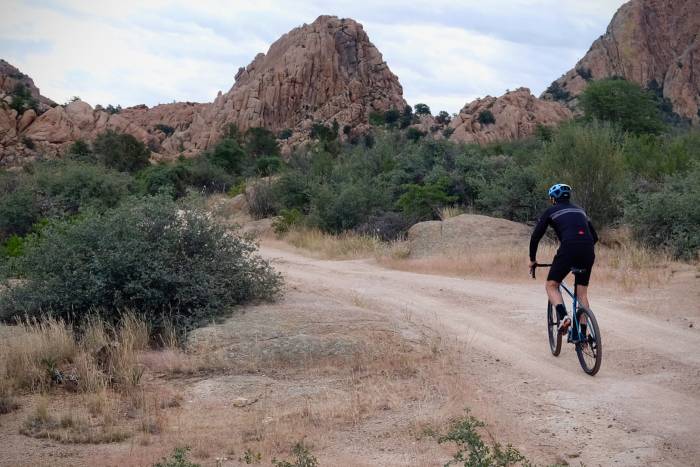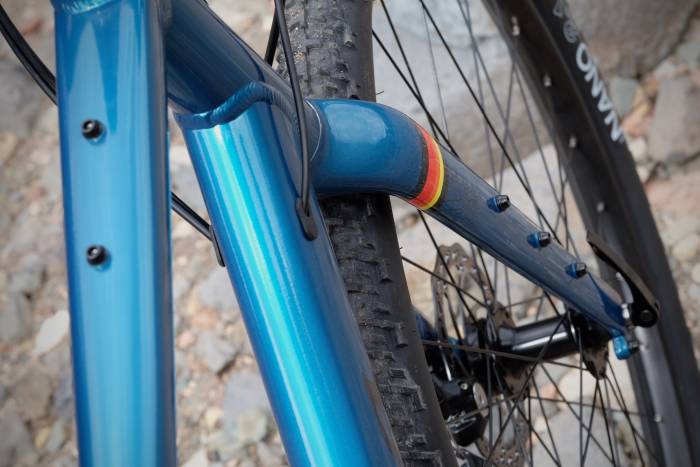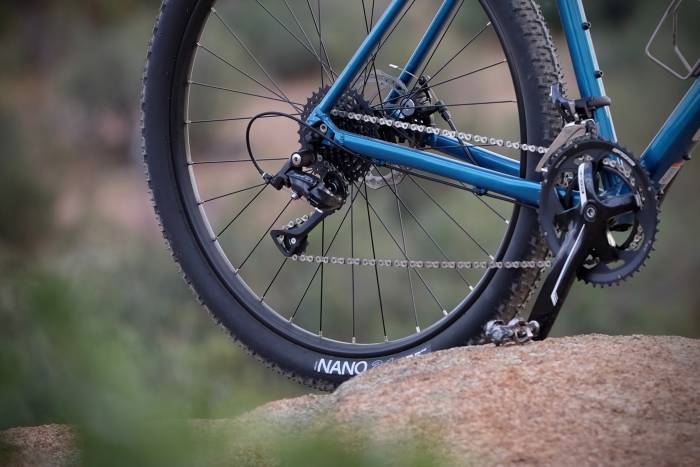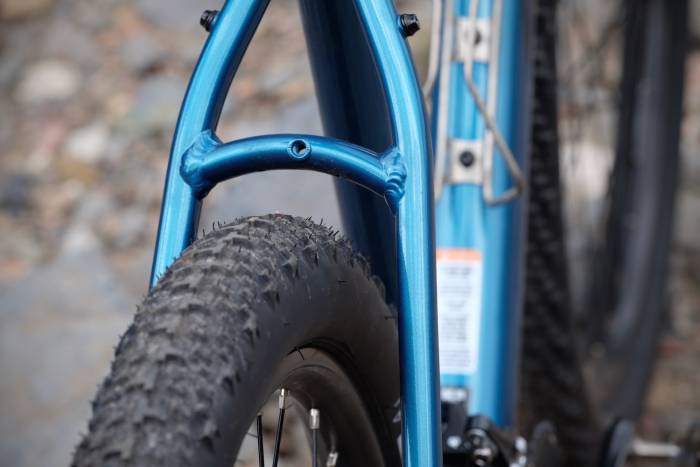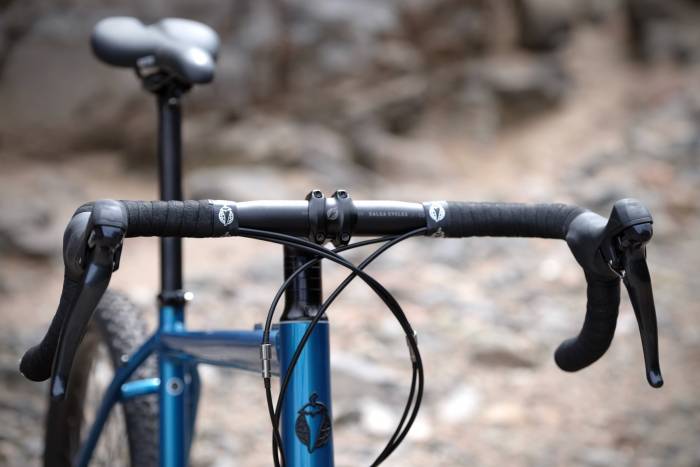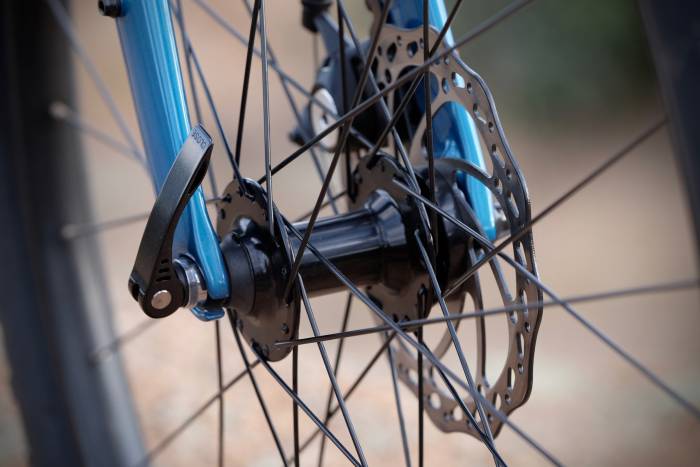The all-new Journeyman represents Salsa Cycles’ first drop-bar bike to wear a triple-digit price tag. Unlike other bikes in the gravel segment, the Journeyman ships with either 700c or 650b wheels and optional straight bars.
Of the three bikes in the Journeyman stable, the cheapest of which is a paltry $899, I chose to evaluate the midpoint Journeyman Sora 650b, priced at $1,099.
That price point has become a common gateway into the category. Specialized, Diamondback, and Cannondale all offer gravel bikes at a similar price. But none of them offer the option for 650b wheels.
In short: The Journeyman’s price should encourage more all-road converts, but even the gravel cognoscenti will appreciate the smart design and thoughtful build.
Salsa Journeyman Sora Gravel Bike Review
In the age of carbon, Salsa chose to make its new bike of 6061-T6 aluminum. The once ubiquitous alloy is currently experiencing an industry-wide renaissance, and for good reason. Aluminum is economical, easy to manipulate, light, and stiff. Plus, new manufacturing methods permit fine tuning of shapes and diameters that enhance compliance and stiffness.
Bristling with braze-ons, Salsa’s new Fantail Deluxe full-carbon fork accepts fenders, racks, and the brand’s own three-bolt cargo cages. Like mini pannier racks, they’re the perfect size for today’s light-and-fast applications. The rest of the frame is festooned with attachment points for bottles, racks, and bags.
Salsa Journeyman: Low Cost, but Not Cheap
The component spec features Shimano’s just-above-entry Sora groupset, but only on the shifters and derailleurs. The rest of the build is a mashup of good parts sold at reasonable prices.

